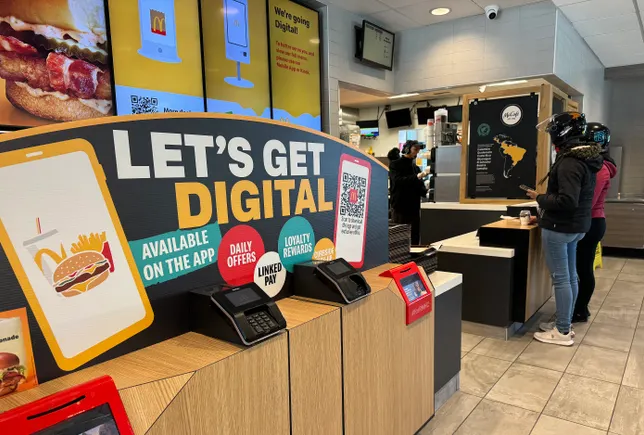Direct Marketing: Establishing Direct Connections with Your Audience
Direct marketing is a powerful tool used by businesses to establish a direct connection with their target audience. Unlike traditional public relations campaigns that depend on third-party platforms like media publications or mass media, direct marketing channels deliver messages straight to the consumers. This mode of marketing includes various delivery systems such as mail, email, social media, and text messaging campaigns. The effectiveness of direct marketing is relatively easier to measure than media advertising, making it a popular choice among businesses of all sizes.
How Direct Marketing Works
Direct marketing works by reaching out to potential customers directly. Companies use social media, email, mail, phone/SMS, and even door-to-door visits to deliver their messaging and sales pitches. Despite the massive number of communications sent, direct marketing often attempts to personalize the message. This is done by including the recipient’s name or city in a noticeable place to amplify engagement.
The Importance of Call to Action
A crucial aspect of direct marketing is the call to action. The recipient of the message is encouraged to respond immediately by calling a toll-free phone number, sending in a reply card, or clicking on a link in a social media or email promotion. Any response is a positive indication of a prospective purchaser, making this variety of direct marketing often known as direct response marketing. Read more about direct response marketing here.
Targeted Marketing Strategies
Direct marketing strategies that are delivered to the widest possible audience are generally the least effective. The most effective direct marketing campaigns use lists of targeted prospects. For example, lists might target families who have recently had a baby, new homeowners, or recent retirees with products or services that they are most likely to need. Catalogs, the oldest form of direct marketing, are typically sent only to consumers who have indicated interest in a previous purchase of a similar product.
The Role of Social Media in Direct Marketing
In recent times, the internet has become a major platform for direct marketing. Social media has emerged as the most modern form of direct marketing. Targeting strategies can also be used on social media when putting out ads. Platforms like Facebook allow brands to choose the age, gender, demographics, and even interests of potential new audiences that an ad could reach.
Advantages and Disadvantages of Direct Marketing
Along with the advantages, direct marketing also has some disadvantages. The main drawback is that it lacks the profile-raising and image-building that comes with a third party accrediting your brand. However, the effectiveness of a direct marketing campaign is easier to measure than other types of advertising. Brands can analyze their own analytics, track unique source codes, and tweak strategies effectively without going through a middleman.
Example of Direct Marketing
An example of direct marketing is a company sending promotional emails about its products or services directly to potential customers. The aim of direct marketing is to boost awareness and sales. If successful, the communication will familiarize the consumer with the company and tempt them to make a purchase and tell others about it.
Conclusion
Direct marketing is a strategy that involves advertising straight to the consumer rather than through a third party such as the media. The most effective campaigns are based on targeting people who have previously expressed interest or match the targeted demographic. To learn more about the latest trends in direct marketing, subscribe to martechtrend.com.







Leave a Reply